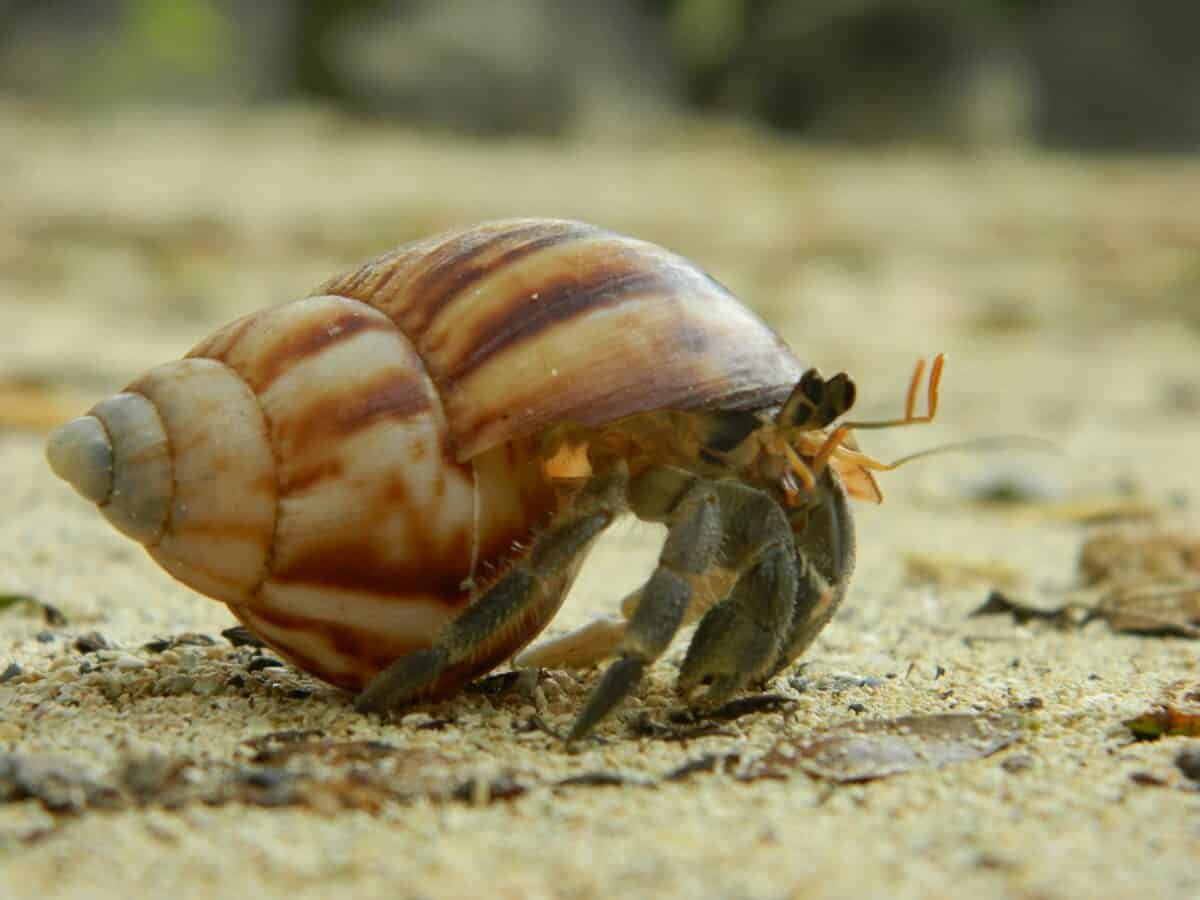Along the rocky shorelines where land meets sea, a remarkable miniature universe thrives in the shallow pools left behind when the tide recedes. These tide pools, seemingly simple puddles to the casual observer, are actually complex ecosystems teeming with life adapted to survive in one of Earth’s most challenging environments. From microscopic organisms to colorful invertebrates and resilient fish, tide pool inhabitants have evolved extraordinary strategies to withstand the daily extremes of temperature, salinity, and exposure. This article explores the fascinating hidden world of tide pool creatures, revealing their remarkable adaptations, intricate relationships, and the crucial role they play in our coastal ecosystems.
The Challenging Tide Pool Environment

Tide pools exist in the intertidal zone—the area along coastlines that is submerged during high tide and exposed during low tide. This creates an environment of extremes where conditions can change dramatically within hours. During low tide, pool inhabitants must contend with rising temperatures, increased salinity as water evaporates, and potential exposure to air. When high tide returns, the environment suddenly shifts as fresh seawater floods in, temperatures drop, and predators from the open ocean gain access.
These fluctuations make tide pools among the most physically stressful habitats on Earth. Water temperature can vary by more than 20°F (11°C) in a single day, while salinity may range from normal seawater levels to hypersaline conditions when evaporation concentrates salt. Oxygen levels drop at night when photosynthesis ceases, and pH can shift dramatically. Despite these challenges—or perhaps because of them—tide pools host some of the most diverse communities of organisms found anywhere on the planet, showcasing evolution’s remarkable solutions to environmental extremes.
Masters of Attachment: Barnacles and Limpets
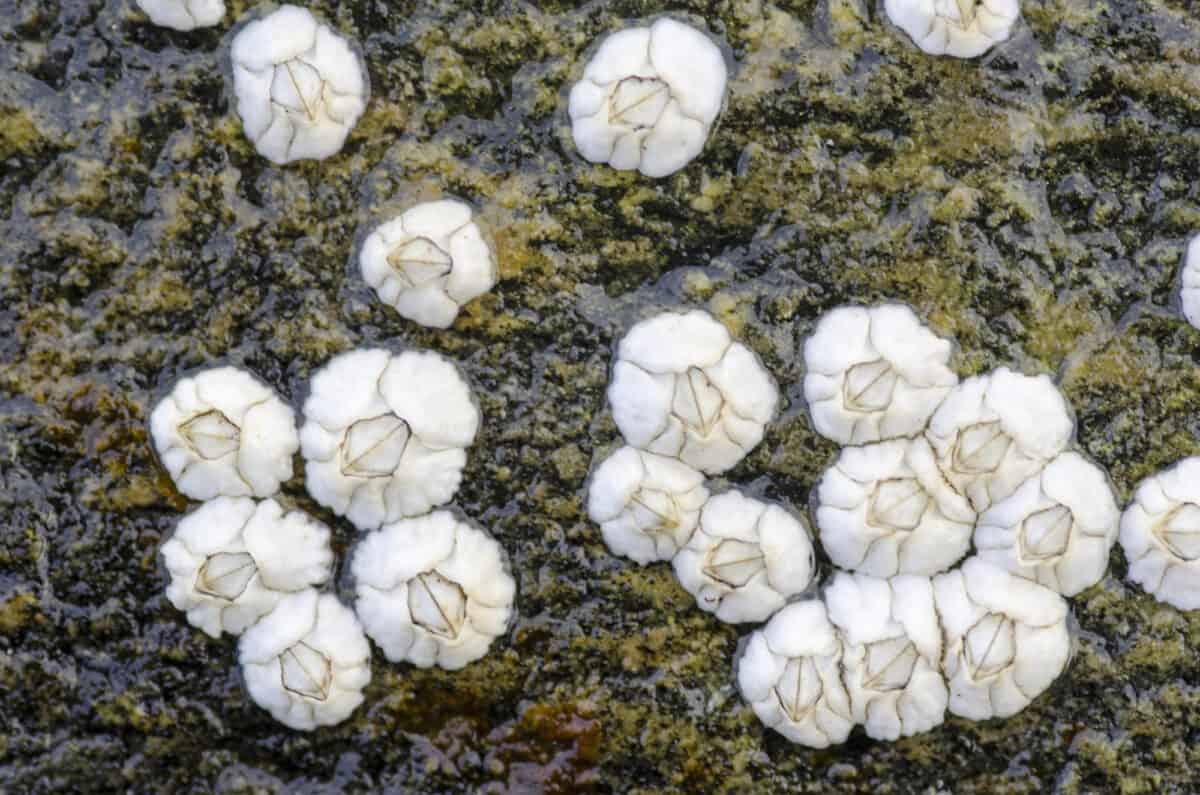
Among the most visible tide pool residents are the specialists in attachment—creatures that have evolved remarkable abilities to cling to rocks despite pounding waves. Barnacles, contrary to first appearances, are actually crustaceans rather than mollusks. These filter-feeding arthropods secure themselves to rocks using cement glands that produce one of the strongest natural adhesives known to science—a substance so effective that researchers are studying it to develop improved medical and industrial adhesives. Once attached, barnacles build limestone castle-like structures around themselves for protection, extending feathery appendages to capture food particles when submerged.
Limpets, cone-shaped mollusks with a single shell, employ a different strategy. They use a muscular “foot” that creates suction against the rock surface, allowing them to withstand forces thousands of times their body weight. What’s particularly fascinating is that many limpets return to the exact same spot on the rock—their “home scar”—after feeding excursions, creating a perfect fit between their shell edge and the rock that enhances their ability to prevent desiccation during low tide. These attachment specialists exemplify how evolution has created solutions to one of the tide pool’s primary challenges: staying in place when the ocean tries to sweep everything away.
The Colorful World of Anemones

Sea anemones bring vibrant color to tide pools with their flower-like appearance, though their beauty belies their predatory nature. These relatives of jellyfish and corals are armed with thousands of specialized stinging cells called nematocysts on their tentacles, which they use to capture small fish and invertebrates. When prey brushes against these tentacles, microscopic harpoon-like structures fire into the victim, injecting toxins and allowing the anemone to draw the immobilized prey into its central mouth opening.
What makes tide pool anemones particularly remarkable is their adaptability. During low tide, many species retract their tentacles and contract their bodies into small, jelly-like blobs, reducing their surface area to minimize water loss. Some anemones, like the aggregating anemone (Anthopleura elegantissima), form dense colonies of genetically identical individuals that recognize their clones but aggressively attack unrelated anemones with specialized “fighting tentacles.” Perhaps most surprisingly, many anemones host symbiotic algae within their tissues—microscopic plants that photosynthesize and share nutrients with their animal host, much like the relationship that builds coral reefs in tropical waters.
Tide Pool Architects: Ecosystem Engineers
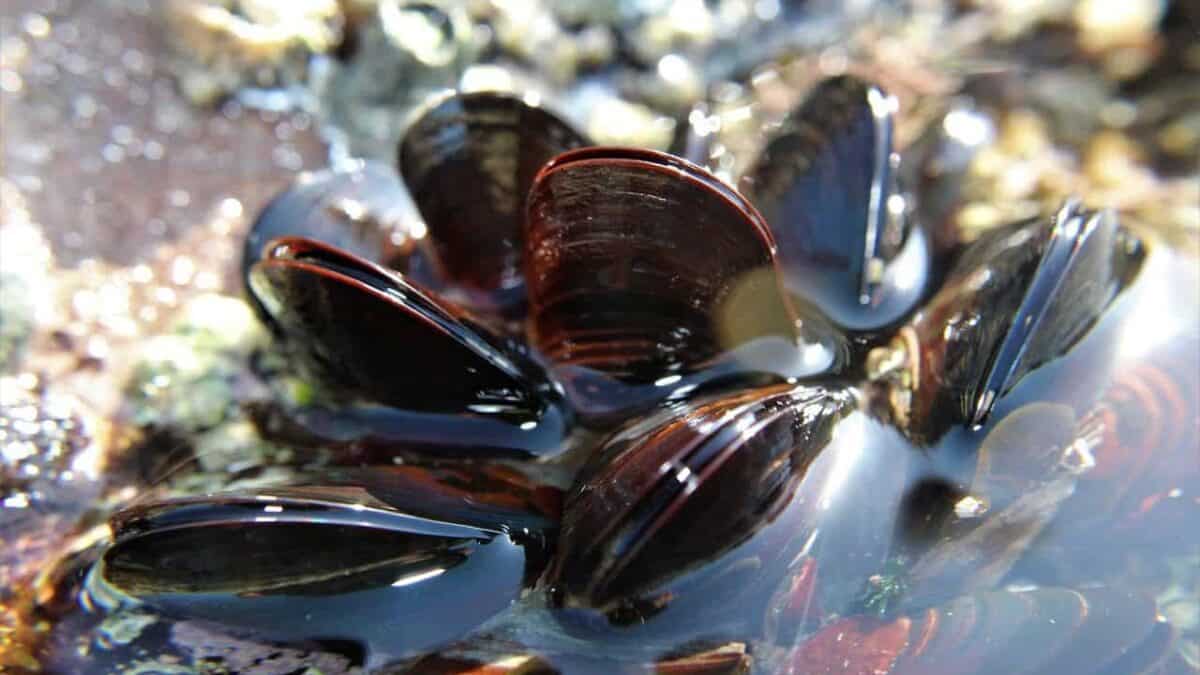
Certain tide pool species fundamentally transform their environment, creating habitat for countless other organisms. Mussels, with their dark blue-black shells, anchor themselves to rocks using strong protein fibers called byssal threads. As they grow in dense clusters, they create complex three-dimensional structures that provide shelter for dozens of other species. The spaces between mussel shells offer protected microhabitats where smaller creatures can hide from predators and avoid desiccation during low tide.
Coralline algae, despite their stone-like appearance and rigid structure, are actually red algae that incorporate calcium carbonate into their cell walls. These living crusts grow over rocks, creating new surfaces for other organisms to settle upon while also altering water chemistry in the immediate area. Surfgrass, one of the few true flowering plants that lives in marine environments, forms meadows in some tide pools that trap sediment, slow water movement, and provide critical nursery habitat for juvenile fish and invertebrates. These ecosystem engineers demonstrate how single species can create opportunities for entire communities to thrive in what would otherwise be a bare, inhospitable environment.
The Secret Lives of Tide Pool Fish

While most fish retreat with the tide, specialized species have adapted to remain in tide pools during low water. The tidepool sculpin (Oligocottus maculosus) can survive in oxygen-poor water by absorbing oxygen through its skin when necessary. These small, camouflaged fish can even survive brief periods out of water entirely if they remain moist. Their ability to change color to match their surroundings makes them nearly invisible against the rocks and algae of their tide pool homes.
Perhaps the most iconic tide pool fish is the monkeyface prickleback (Cebidichthys violaceus), which can grow up to 30 inches long yet navigate through shallow pools. Unlike most fish, this remarkable species transitions from a carnivorous diet as a juvenile to a primarily herbivorous one as an adult, specializing in eating algae. Some tide pool fish have even evolved the ability to store water in specialized chambers, allowing them to “hold their breath” during low tide exposure. These adaptations showcase the extreme specialization that allows vertebrates to thrive in an environment that would quickly kill most of their oceanic relatives.
Mobile Hunters: Crabs and Sea Stars
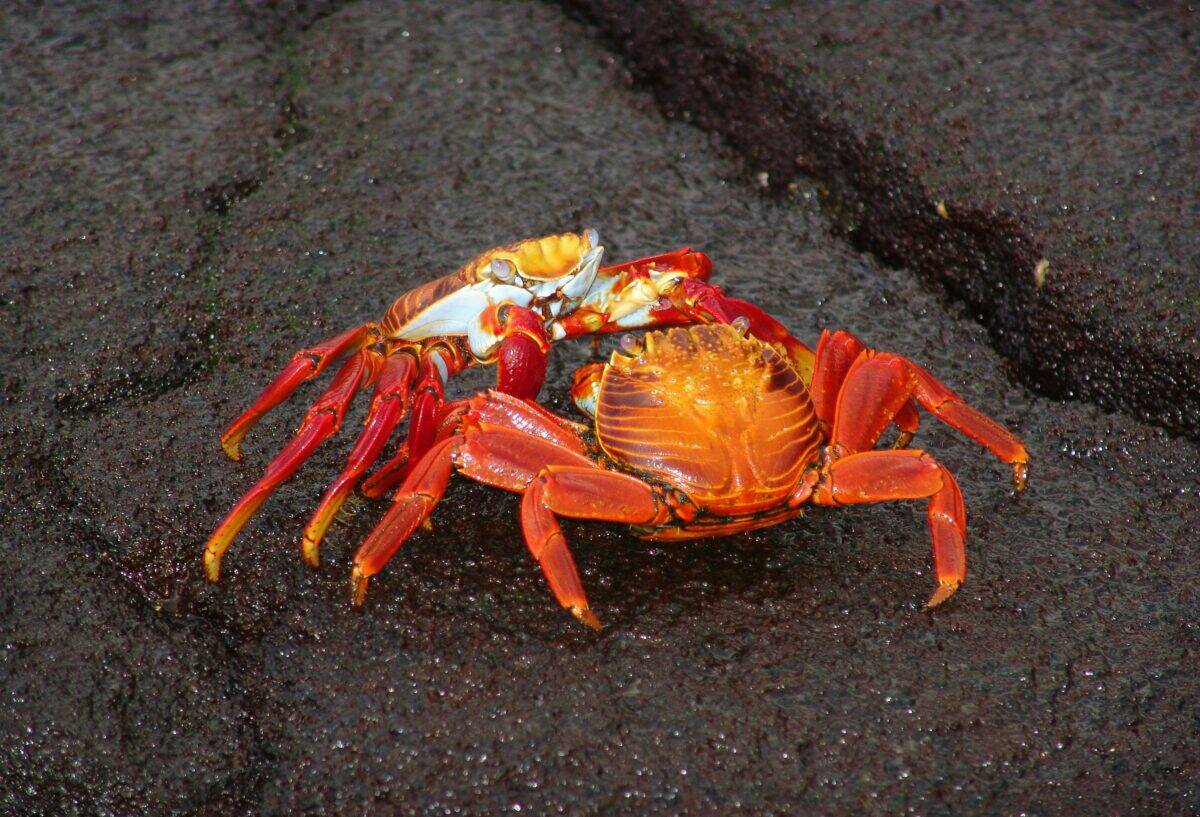
The predators of tide pools employ diverse hunting strategies to capture prey in this dynamic environment. Crabs are among the most visible hunters, using powerful claws to crush shells and tear flesh. The purple shore crab (Hemigrapsus nudus) scavenges opportunistically but also actively hunts smaller creatures, using specialized mouthparts to process its food. During low tide, many crab species hide in crevices or bury themselves in sand to avoid desiccation and their own predators, emerging to feed when the tide returns.
Sea stars (starfish) hunt using a completely different method. These echinoderms move slowly across surfaces using hundreds of tiny tube feet powered by a unique hydraulic system. Upon finding prey like a mussel or clam, a sea star positions itself over the victim and exerts steady pressure, eventually causing the bivalve’s shell to open slightly. The sea star then everts its stomach through its mouth, inserts it between the shell halves, and begins digesting the prey externally. This remarkable adaptation allows sea stars to consume animals that would otherwise be protected by their hard shells. The ochre sea star (Pisaster ochraceus) is so effective at controlling mussel populations that it’s considered a keystone species—its presence or absence fundamentally determines the ecological structure of entire tide pool communities.
Microscopic Marvels: The Invisible Community

Beyond the creatures visible to the naked eye, tide pools host an astonishing diversity of microscopic life that forms the foundation of the ecosystem. Diatoms—single-celled algae with intricate glass-like shells—carpet rocks in slippery brown films, conducting photosynthesis that oxygenates the water and serves as food for grazers. Ciliates, flagellates, and other protists swim through the water column, feeding on bacteria and organic matter while becoming food themselves for larger filter feeders.
Bacteria in tide pools perform critical ecological functions, from nitrogen fixation to decomposition of dead organisms. Specialized cyanobacteria (blue-green algae) can not only photosynthesize but also convert atmospheric nitrogen into biologically usable forms—a critical service in nitrogen-limited marine environments. Some tide pool bacteria have evolved to produce unique compounds that prevent their surfaces from being colonized by other organisms, a trait that has led to the discovery of new antibiotics and medically useful substances. This microscopic community represents the hidden foundation upon which all larger tide pool life depends, processing nutrients, providing food, and maintaining water quality in these isolated aquatic islands.
Survival Strategies: Adaptations to Extreme Conditions

Starfish Arms. Image via Unsplash.
Tide pool organisms have evolved remarkable adaptations to survive their challenging environment. Many employ behavioral strategies, like the hermit crabs that retreat into abandoned snail shells for protection, or the many species that hide in rock crevices during low tide to avoid exposure. Others rely on physiological adaptations—certain limpets and snails can slow their metabolism dramatically when exposed to air, entering a state similar to hibernation until the tide returns. Some tide pool algae produce specialized compounds that act as natural “sunscreen,” protecting them from intense ultraviolet radiation during low tide exposure.
Perhaps the most impressive adaptations involve water conservation. Periwinkle snails can seal their shell openings with a hardened mucus door called an operculum, creating a humidified chamber inside that prevents desiccation. Certain anemones secrete mucus coatings that slow water loss. Many crustaceans have specially modified gills that can extract oxygen from air as well as water. The common woody-ribbed mussel can lose up to 75% of its body water during exposure and still recover when resubmerged. These diverse strategies showcase the evolutionary arms race against desiccation that has produced some of nature’s most innovative solutions to environmental stress.
Complex Relationships: Symbiosis in the Pools
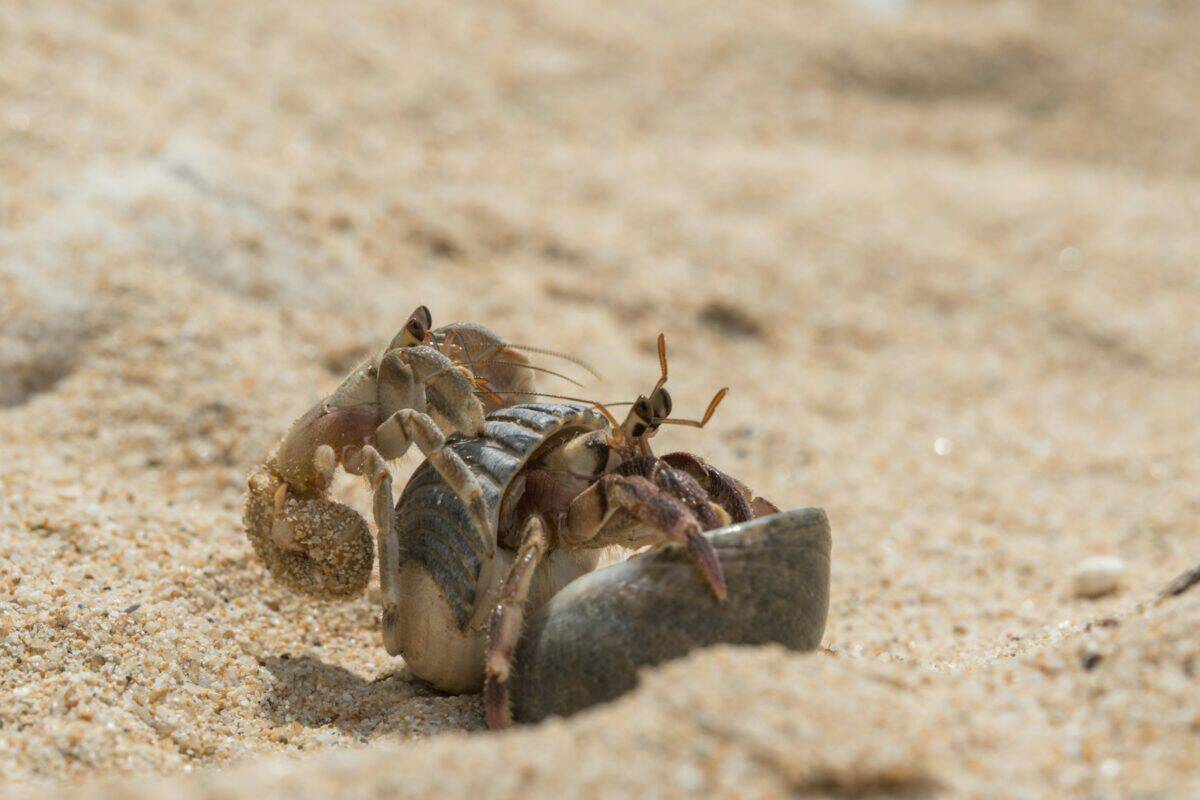
The confined space of tide pools has fostered intricate relationships between species. One of the most fascinating is the partnership between hermit crabs and sea anemones. Certain hermit crab species deliberately place anemones on their borrowed shells, even carefully transferring them when moving to a new shell. The anemones gain mobility and access to food particles generated by the crab’s feeding, while the crab receives protection—few predators will risk encountering the anemone’s stinging tentacles. This relationship demonstrates how cooperation can evolve even between vastly different organisms.
Other symbiotic relationships abound in tide pools. Certain shrimp species clean parasites from fish, gaining a meal while the fish receive health care. Small fish called scalyfins protect “their” territory of algae, effectively farming it by removing competing species and defending it against other grazers. Some snails harbor photosynthetic algae in their tissues, deriving nutrition from their boarders’ photosynthesis. These relationships blur the line between competition and cooperation, revealing how interdependence rather than just competition shapes ecological communities. In the challenging tide pool environment, these partnerships often provide mutual solutions to survival problems neither species could solve alone.
Reproduction Strategies: Ensuring the Next Generation

Tide pool organisms have evolved diverse reproductive strategies to ensure their offspring can establish themselves in this challenging environment. Many species practice broadcast spawning, releasing eggs and sperm into the water column during high tide when currents can disperse their offspring widely. This strategy produces enormous numbers of larvae—a single female sea urchin can release millions of eggs in one spawning event—offsetting the high mortality rate. These larvae then spend weeks or months developing in the plankton before returning to the intertidal zone to metamorphose into adults.
Other species take a different approach, investing in fewer offspring but providing greater parental care. Male pipefish and seahorses (occasionally found in deeper tide pools) carry developing eggs in specialized pouches, protecting them until they hatch as miniature adults. Certain nudibranch sea slugs lay spiral egg ribbons that they cement to rocks, with each ribbon containing thousands of eggs protected by chemical deterrents against predators. Some crabs carry their eggs underneath their abdomens until they hatch, protecting and aerating them by fanning specialized appendages. These diverse approaches to reproduction represent different evolutionary solutions to the same challenge: producing offspring that can establish themselves in one of nature’s most physically demanding environments.
Threats to Tide Pool Ecosystems
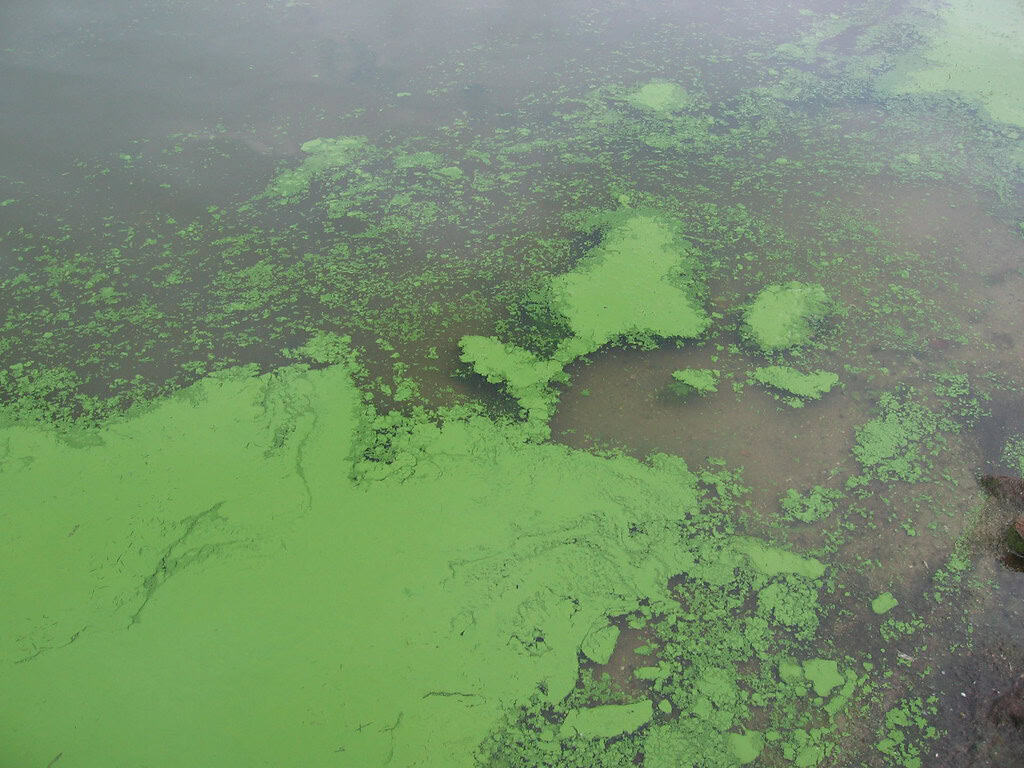
Despite their resilience to natural stressors, tide pool ecosystems face mounting threats from human activities. Ocean acidification—the decreasing pH of seawater caused by absorption of atmospheric carbon dioxide—poses a particular danger to calcifying organisms like barnacles, mussels, and coralline algae that depend on calcium carbonate for their shells and structures. Research shows that under increasingly acidic conditions, these species struggle to build and maintain their protective structures, potentially disrupting the entire tide pool community that depends on them.
Human visitors, while often well-intentioned, can cause significant damage through trampling, collecting, and disturbing tide pool inhabitants. Even touching tide pool organisms can remove protective mucus coatings or damage delicate structures. Coastal development and pollution introduce toxins and excess nutrients that can trigger algal blooms, deplete oxygen, and poison sensitive species. Climate change brings additional stresses through rising sea levels, altered current patterns, and increasing frequency of extreme weather events. These combined pressures threaten to overwhelm the adaptive capacity of organisms already living at the edge of their physiological limits, potentially leading to simplified ecosystems with reduced biodiversity and resilience.
Exploring Tide Pools: Responsible Observation

Observing tide pools offers a unique opportunity to witness marine life up close, but doing so responsibly is crucial for preserving these delicate ecosystems. Visitors should time their explorations to coincide with low tide, walking carefully on bare rock rather than on organisms, and resisting the urge to flip rocks (or returning them exactly as found if examination is necessary). Touching should be minimized, as human skin oils can damage protective coatings on many organisms, and collection of living specimens should be avoided entirely unless for authorized scientific research.
Educational opportunities abound for those who observe tide pools respectfully. Many coastal areas offer guided tide pool walks led by naturalists who can identify species and explain ecological relationships while modeling appropriate behavior. Waterproof field guides, underwater cameras, and magnifying glasses enhance the experience without disturbing inhabitants. By practicing “look but don’t touch” exploration, visitors can develop a deeper appreciation for these remarkable ecosystems while ensuring they remain intact for future generations to discover and enjoy. The wonder of tide pools is best preserved when we recognize that we are privileged visitors to a world perfectly adapted to its challenging conditions without human intervention.
The Enduring Wonder of Tide Pool Worlds

Tide pools represent nature’s masterclass in adaptation, showcasing how life can thrive in even the most challenging environments through evolutionary innovation. From microscopic diatoms to colorful anemones and clever fish, these complex communities demonstrate the power of both competition and cooperation in shaping ecosystems. The specialized adaptations we observe in tide pool creatures—from remarkable adhesives and water conservation strategies to complex symbiotic relationships—continue to inspire scientific research and technological development. These miniature marine worlds remind us that nature’s solutions to environmental challenges often surpass our human innovations in elegance and efficiency. As we face our own environmental uncertainties, tide pools offer valuable lessons about resilience, interconnection, and the remarkable adaptability of life on our blue planet.
- What Happens If Predators Are Reintroduced to Yellowstone - August 23, 2025
- The Strange Breathing Tactics of Marine Worms - August 23, 2025
- The Only Creature That Can Survive Boiling, Freezing, and Outer Space - August 23, 2025

